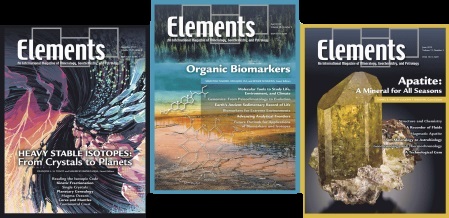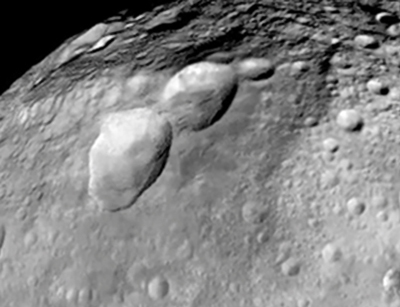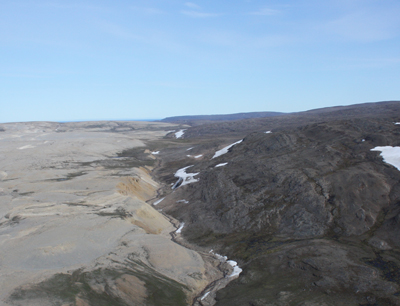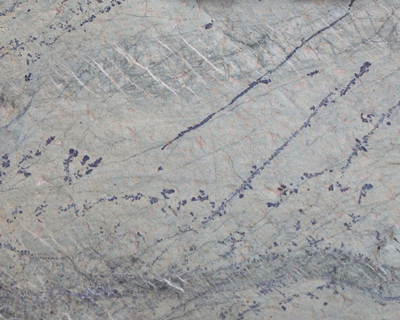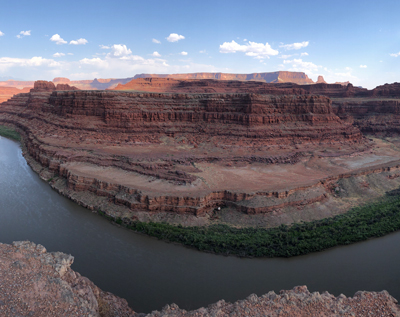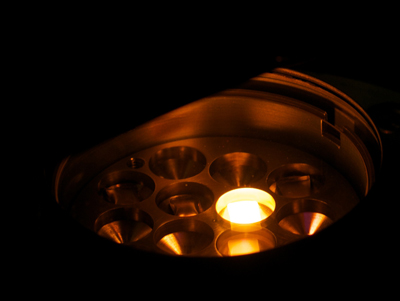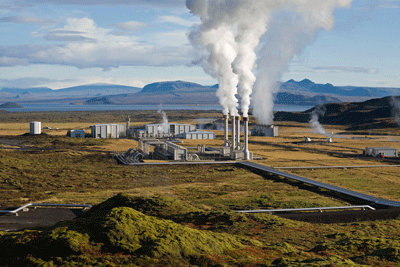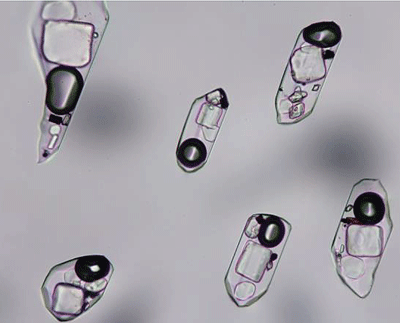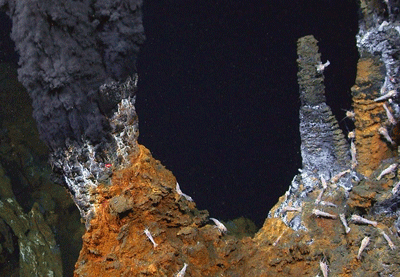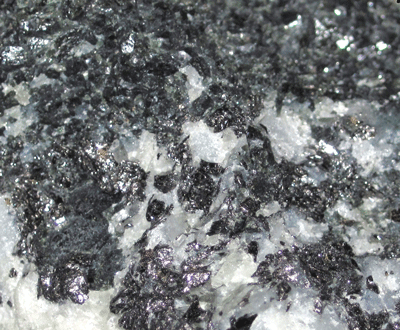Noble Gas Thermochronology of Extraterrestrial Materials
Rocks from extraterrestrial bodies in the Solar System are influenced by thermal processes occurring within planetary interiors and on their surfaces. These range from the extremely hot and brief, in the case of impact events, to the comparatively cool and protracted, in the case of solar irradiation of rocks residing in regoliths for millions to billions of years. Noble gas thermochronology applied to meteorites and extraterrestrial materials returned by space missions enables us to decipher the histories of these materials and thereby understand fundamental aspects of the evolution of terrestrial planetary bodies, including the Moon, Mars, and asteroids.
Noble Gas Thermochronology of Extraterrestrial Materials Read More »

